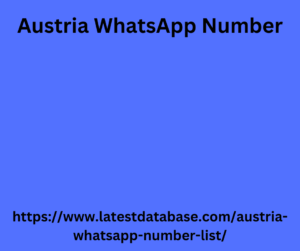|
|
Timeliness Personal understanding of data integration is only divided into two categories, offline data integration and realtime data integration. As for full synchronization, incremental synchronization, etc., it is just an option under these two major forms. Both of these forms can be implemented using scripting, draganddrop or wizard. The form is not important, the essence is realtime or offline. Of course, there will be some configuration differences when designing the page. In terms of invalidity, realtime data is getting more and more attention, and there are some concepts of batchstream integration, so there are more and more demands for realtime data integration. But personally I don’t think offline data integration will be
completely eliminated. On the one hand cost, obviously the realtime Austria WhatsApp Number cost is higher than the offline cost. On the one hand technology, the series of technologies after realtime integration are completely different from offline integration, and the existing technical architecture is not necessarily ready for them. Another aspect is historical habits. Taking the above introduction as an example, slice tables, zipper tables, etc. are all in offline scenarios. In subsequent introductions, you will find that a large number of concepts are smooth in offline scenarios, but they often become automatic. Ignore the realtime scenario. This may also be due to the relatively short history of real time. When other concepts emerged, realtime

scenarios were not considered. Supported data source types The number of data sources supported by data integration is a reflection of the capabilities of a platform. The more supported data sources, the stronger the capabilities. realtime form, offline form, or both. There are also different divisions in data source categories relational databases, big data storage, message queues, text files, etc. This is divided by type. If we divide it from the operation after accessing the data source, there are two categories those with table structure and those without table structure. There is a table structure Those with table structures can be relational databases, HIVE, Doris, etc. that have table structures themselves.
|
|